Home>Interior Design>The Aesthetic Movement: How It Influences My Interior Design
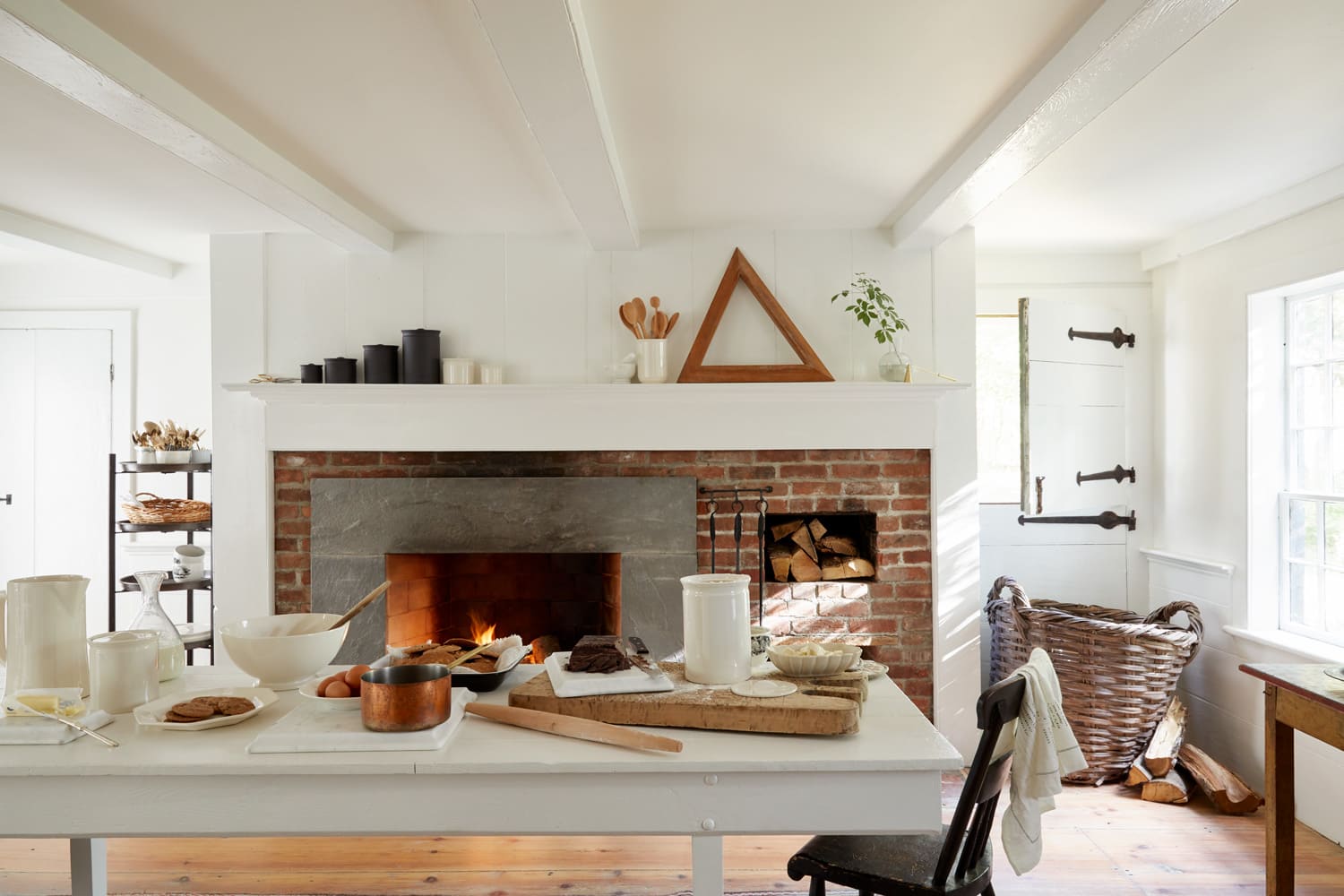

Interior Design
The Aesthetic Movement: How It Influences My Interior Design
Modified: August 30, 2024
Discover how the Aesthetic Movement inspires my innovative approach to interior design. Explore my unique blend of artistry and functionality, transforming spaces into captivating works of art.
(Many of the links in this article redirect to a specific reviewed product. Your purchase of these products through affiliate links helps to generate commission for Storables.com, at no extra cost. Learn more)
Introduction
The world of interior design is constantly evolving, with new trends and styles emerging year after year. One timeless movement that continues to influence and inspire designers is the Aesthetic Movement. Rooted in the late 19th century, this artistic and philosophical movement challenged the traditional notions of beauty and emphasized the importance of art in everyday life.
The Aesthetic Movement was a response to the materialism and industrialization of the Victorian era. It sought to bring beauty into every aspect of daily living, from architecture to furniture, and from clothing to interior design. This movement celebrated the idea of “art for art’s sake,” focusing on the aesthetic experience rather than conforming to societal norms or practicality.
In this article, we will explore the key characteristics of the Aesthetic Movement and delve into how it has influenced interior design. We will also discuss ways to incorporate the elements of this movement into your own interior design projects, creating spaces that are not only visually stunning but also meaningful and thought-provoking.
Whether you’re an interior design enthusiast or a professional designer, understanding the influence of the Aesthetic Movement can help you create spaces that are unique, artistic, and visually captivating.
Key Takeaways:
- Embrace the principles of the Aesthetic Movement to create visually captivating and emotionally evocative interior spaces that reflect your unique personality and taste.
- Incorporate nature-inspired elements, prioritize minimalism and functionality, and create dramatic impact with lighting to design spaces that are timeless, meaningful, and a true testament to the power of art in the everyday.
Read more: Cottagecore Aesthetic: How To Nail The Look
The Aesthetic Movement: An Overview
The Aesthetic Movement, also known as Aestheticism, originated in the late 19th century and had a profound impact on various artistic disciplines, including interior design. It emerged as a reaction against the prevailing Victorian ideals of materialism, utility, and conformity.
At its core, the Aesthetic Movement encouraged the pursuit of beauty and the appreciation of art for its own sake. It rejected the notion that art should have a practical purpose or be limited by societal conventions. Instead, it celebrated the aesthetic experience and sought to integrate art into every aspect of life.
One of the key figures in the Aesthetic Movement was Oscar Wilde, a renowned poet, playwright, and critic. Wilde famously declared, “Art is useless because its aim is simply to create a mood.” This sentiment encapsulates the essence of the movement – the idea that art should evoke emotions, inspire contemplation, and transport individuals to a realm of aesthetic pleasure.
The Aesthetic Movement embraced the philosophy of “art for art’s sake,” which emphasized the autonomy and intrinsic value of art. It approached design with a focus on individualism, self-expression, and the pursuit of beauty. This movement challenged the traditional Victorian aesthetic, characterized by heavy ornamentation, dark colors, and cluttered interiors. Instead, it advocated for simplicity, harmony, and a lighter color palette.
The Aesthetic Movement drew inspiration from various sources, including Japanese art, the Arts and Crafts Movement, and the Pre-Raphaelite Brotherhood. Japanese art, with its minimalistic and nature-inspired elements, greatly influenced the aesthetics of the movement. The Arts and Crafts Movement, led by figures such as William Morris, emphasized craftsmanship and the importance of the handmade. The Pre-Raphaelite Brotherhood, with their focus on natural beauty and symbolism, also contributed to the visual language of the Aesthetic Movement.
In the next sections, we will explore the key characteristics of the Aesthetic Movement and delve into how it has shaped interior design. By understanding these principles, you can begin to incorporate the essence of this movement into your own design projects, creating spaces that are not only visually striking but also imbued with a sense of artistry and contemplation.
Key Characteristics of the Aesthetic Movement
The Aesthetic Movement introduced fresh and innovative ideas that challenged the traditional Victorian aesthetic. Here are some key characteristics that defined the movement:
- Simplicity and Elegance: The Aesthetic Movement rejected the excessive ornamentation and cluttered interiors of the Victorian era. Instead, it embraced simplicity and elegance, emphasizing clean lines and unadorned surfaces.
- Nature and Natural Forms: The movement drew inspiration from the natural world, incorporating organic shapes and motifs into interior design. Elements such as flowers, leaves, and birds were common themes, infusing spaces with a sense of tranquility and harmony.
- Japanese Influence: The Aesthetic Movement was greatly influenced by Japanese art, which introduced a different perspective on aesthetics. Japanese design principles, such as asymmetry, minimalism, and an appreciation for natural materials, were incorporated into interior design to create a sense of simplicity and serenity.
- Symbolism and Meaning: The Aesthetic Movement sought to imbue spaces with symbolism and meaning. Every element of design was carefully chosen to evoke emotions or reflect the personal taste and interests of the inhabitants. Interior spaces became a canvas for self-expression and reflection.
- Artistic Integration: Art played a central role in Aesthetic interior design. Paintings, sculptures, and other art objects were strategically placed throughout the space to enhance the visual impact and create a cohesive aesthetic experience. The goal was to blur the lines between art and daily life.
- Light and Airiness: The Aesthetic Movement embraced the use of natural light and sought to create an airy and open atmosphere. Large windows, light-colored walls, and the strategic placement of mirrors were commonly used to maximize natural light and create a sense of spaciousness.
- Harmonious Color Palette: The color palette of the Aesthetic Movement was characterized by soft, muted tones, inspired by nature. Earthy colors such as pale greens, gentle pinks, soft yellows, and subtle blues were commonly used for walls, furniture, and decorative elements.
These key characteristics defined the Aesthetic Movement and set it apart from the ornate and rigid Victorian aesthetic. By embracing simplicity, incorporating nature-inspired elements, and infusing spaces with symbolism and meaning, the movement revolutionized interior design and continues to influence contemporary aesthetics today.
The Influence of the Aesthetic Movement on Interior Design
The Aesthetic Movement had a profound influence on interior design, challenging the traditional Victorian ideals and introducing a new vision of aesthetics. Here are some ways in which the movement has shaped the field of interior design:
- Shift towards Simplicity: One of the most significant impacts of the Aesthetic Movement on interior design was the shift towards simplicity and minimalism. It rejected the ornate and cluttered interiors of the Victorian era and embraced clean lines, unadorned surfaces, and open spaces. This minimalist approach continues to be popular in contemporary interior design.
- Nature-Inspired Design: The Aesthetic Movement introduced a reverence for nature and natural forms in interior design. Incorporating organic shapes, botanical motifs, and natural materials became prevalent, creating a sense of harmony and tranquility within spaces. This emphasis on nature-inspired design can be seen in contemporary interior design trends such as biophilic design.
- Integration of Art and Design: The Aesthetic Movement blurred the boundaries between art and interior design, emphasizing the integration of artistic elements into living spaces. Paintings, sculptures, and other art objects were strategically placed to enhance the visual impact and create a cohesive aesthetic experience. This integration is still seen in modern interior design, where artwork is used as a focal point or as a way to add personality to a space.
- Emphasis on Individualism: The Aesthetic Movement celebrated individualism and self-expression in interior design. Spaces were designed to reflect the personal taste and interests of the inhabitants, incorporating elements that held symbolic meaning or evoked specific emotions. This focus on individualism has influenced contemporary interior design, where personalization and customization are highly valued.
- Light and Airy Spaces: The Aesthetic Movement embraced light and airy spaces, prioritizing the use of natural light and creating a sense of openness. Large windows, light-colored walls, and strategic placement of mirrors were used to maximize natural light and give the illusion of spaciousness. This emphasis on natural light and openness continues to be a prominent feature in modern interior design.
- Simplicity in Color Palette: The Aesthetic Movement introduced a more subdued and harmonious color palette compared to the vibrant colors of the Victorian era. Soft, muted tones inspired by nature, such as pale greens, gentle pinks, and subtle blues, were popular choices for walls, furniture, and decorative elements. This preference for a tranquil color palette is still observed in contemporary interior design.
The Aesthetic Movement revolutionized interior design by challenging the status quo and introducing a new set of principles focused on simplicity, nature, individualism, and the integration of art. Its impact can be seen in various design movements that followed, as well as in modern interior design where the pursuit of beauty, personal expression, and a harmonious relationship with nature are highly valued.
Incorporating Aesthetic Movement Elements in Interior Design
If you’re inspired by the Aesthetic Movement and want to incorporate its elements into your interior design, here are some tips to help you create a space that captures the essence of this artistic and philosophical movement:
- Simplicity and Minimalism: Embrace simplicity and minimalism in your design by focusing on clean lines, uncluttered spaces, and a minimalist color palette. Avoid excessive ornamentation and opt for sleek, streamlined furniture and decor items.
- Nature-Inspired Design: Integrate elements of nature into your interior design to evoke a sense of tranquility and harmony. Incorporate natural materials, such as wood, stone, and rattan, in your furniture and flooring. Add botanical motifs through wallpaper, artwork, or indoor plants to bring the beauty of nature indoors.
- Artistic Touches: Integrate art into your design by displaying paintings, sculptures, or other art objects strategically throughout your space. Choose pieces that resonate with you personally and reflect the aesthetics of the Aesthetic Movement. Allow the artwork to be a focal point and a conversation starter.
- Symbols and Meaning: Infuse your space with symbols and meaning that reflect your personal taste and interests. Decorate with objects that hold sentimental value or have symbolic significance. Incorporate items like books, antiques, or travel souvenirs that tell a story and add depth to your design.
- Light and Airy Atmosphere: Prioritize natural light in your design by maximizing the use of windows and incorporating light-colored curtains or blinds. Utilize mirrors strategically to reflect light and create an illusion of spaciousness. Choose light-colored walls and flooring to enhance the airiness of your space.
- Soothing Color Palette: Select a color palette inspired by the Aesthetic Movement, focusing on soft, muted tones. Earthy hues like pale greens, gentle pinks, and subtle blues can create a serene and tranquil atmosphere. Use these colors on walls, furniture, and decorative accessories to maintain a cohesive aesthetic.
- Embrace Simplicity: In addition to aesthetics, embrace the philosophical aspect of the Aesthetic Movement. Simplify your life, pare down unnecessary possessions, and practice mindfulness to create a space that fosters balance and reflection.
Remember that incorporating elements of the Aesthetic Movement into your interior design is about creating a space that reflects your personal style and evokes a sense of beauty and tranquility. Each design choice should be purposeful and intentional, contributing to the overall aesthetic experience and creating a space that is both visually captivating and emotionally meaningful.
Color Palette and Patterns of the Aesthetic Movement
The Aesthetic Movement introduced a shift in color palette and patterns, moving away from the vibrant and heavily patterned designs of the Victorian era. The Aesthetic Movement embraced a more subdued and harmonious color palette, inspired by nature and aimed at creating a serene and tranquil atmosphere within interior spaces.
The color palette of the Aesthetic Movement was characterized by soft, muted tones that evoked a sense of calmness and sophistication. Earthy colors such as pale greens, gentle pinks, soft yellows, and subtle blues were commonly used for walls, furniture, and decorative elements. These colors were chosen to create an ambiance that was both visually pleasing and conducive to introspection and contemplation.
One popular color choice in Aesthetic interior design was sage green, which symbolized growth, renewal, and harmony with nature. This soft, muted green was often used on walls or as an accent color in furniture or decorative accessories. It provided a refreshing and calming backdrop for other design elements while connecting the space to the natural world.
Gentle pinks, such as blush or dusty rose, were also commonly used in Aesthetic interiors. These hues brought a sense of delicacy and femininity to the space, creating a soothing and romantic ambiance. They were often paired with neutrals like beige or ivory to add depth and warmth to the design.
Soft yellows, reminiscent of sunlight, were used to infuse spaces with a warm and cheerful atmosphere. These subdued yellows added a touch of brightness and optimism without overwhelming the overall design. They were often incorporated through fabrics, such as curtains or upholstery, or through decorative accessories like throw pillows or artwork.
Subtle blues, such as pale sky blue or watery turquoise, were another popular choice in the Aesthetic Movement. These cool blues represented calmness and tranquility, adding a sense of serenity to interior spaces. They were often used as accent colors through fabrics, ceramics, or wallpaper.
When it comes to patterns, the Aesthetic Movement favored more subtle and organic motifs. Botanical patterns, inspired by the natural world, were commonly seen in wallpapers, upholstery fabrics, and decorative accessories. Delicate floral motifs, leaves, vines, and other plant-inspired designs were used to bring a touch of nature indoors and create a sense of harmony and tranquility.
In addition to botanical patterns, the Aesthetic Movement also incorporated geometric patterns. These patterns, however, were more understated and simpler compared to the intricate and elaborate Victorian geometrics. Geometric shapes such as squares, diamonds, and chevrons were used sparingly as accents in rugs, tiles, or textiles, creating visual interest and adding a contemporary touch to the design.
Incorporating the color palette and patterns of the Aesthetic Movement into your interior design can help create a serene and harmonious space. By using soft, muted tones inspired by nature and incorporating subtle botanical or geometric patterns, you can evoke a sense of beauty and tranquility that is characteristic of this artistic and philosophical movement.
When incorporating the Aesthetic Movement into your interior design, focus on incorporating natural elements, rich colors, and intricate patterns to create a visually stunning and harmonious space.
Furniture and Decorative Pieces Inspired by the Aesthetic Movement
The Aesthetic Movement brought about a revolution in interior design, emphasizing the integration of art and beauty into everyday life. This influence extended to furniture and decorative pieces, with designers and craftsmen creating pieces that reflected the movement’s principles of simplicity, elegance, and a harmonious connection to nature.
One of the key characteristics of furniture from the Aesthetic Movement is its clean lines and uncluttered appearance. Ornate carvings and excessive decoration were rejected in favor of sleek, streamlined designs. Furniture pieces were often crafted with fine craftsmanship, showcasing the beauty of natural materials such as wood and showcasing their inherent qualities.
Wood was a popular choice for furniture in the Aesthetic Movement, with different types of wood used depending on the desired aesthetic. Light-colored woods like oak, ash, and beech were often preferred to create a sense of airiness and openness in interior spaces. These woods were typically left unfinished or lightly treated to highlight their natural grain and beauty.
The shapes and forms of furniture from the Aesthetic Movement were often inspired by nature, featuring gentle curves and organic silhouettes. Influences from Japanese design can also be seen, with elements of simplicity and minimalism incorporated into the design of furniture pieces. Chair backs and table legs might feature gentle arcs or subtle tapering, adding a touch of elegance and fluidity to the design.
Upholstery and fabrics used in Aesthetic furniture often featured nature-inspired motifs or patterns. Floral patterns, leaves, or botanical designs were popular choices for upholstery, representing a connection to the natural world. Fabrics in soft, muted tones like pale greens, gentle pinks, or subtle blues were also common, contributing to the overall serene and harmonious aesthetic of the furniture.
The Aesthetic Movement also embraced the integration of art into furniture design. Paintings, decorative panels, or stained glass were often incorporated into furniture pieces to elevate them to a level of artistic significance. These artistic elements served as focal points, adding depth and beauty to the overall design and creating a sense of visual interest and contemplation.
Accessories and decorative pieces in the Aesthetic Movement were chosen with care, reflecting the movement’s emphasis on symbolism and aesthetic pleasure. Ceramic vases, artful candle holders, botanical prints, and sculptures were commonly used to add personality and artistic flair to interior spaces. These decorative pieces were often inspired by nature, incorporating elements such as leaves, flowers, or birds.
When incorporating furniture and decorative pieces inspired by the Aesthetic Movement into your own interior design, focus on selecting items that embody simplicity, elegance, and a harmonious connection to nature. Look for furniture with clean lines and uncluttered designs, crafted from natural materials. Choose fabrics and upholstery in soft, muted tones, with nature-inspired patterns or motifs. And don’t forget to add carefully curated accessories that reflect your personal taste and evoke a sense of artistry and beauty.
By embracing the principles of the Aesthetic Movement in your furniture and decorative choices, you can create a space that is not only visually stunning but also conveys a deeper sense of meaning and appreciation for art and beauty in everyday life.
Incorporating Nature and Botanical Motifs in Aesthetic Interior Design
The Aesthetic Movement drew inspiration from the natural world, emphasizing the beauty and harmony found in nature. Integrating nature and botanical motifs into the interior design can help create a sense of tranquility, connection to the environment, and visually stunning spaces. Here are some ways to incorporate nature and botanical elements into your Aesthetic-inspired interior design:
- Wall Coverings: Use botanical wallpapers or wall coverings to bring a touch of nature indoors. Opt for designs featuring flowers, leaves, or vines to create a serene backdrop for your space. Consider using removable wallpaper or decals so you can easily change the look whenever desired.
- Natural Materials: Incorporate natural materials like wood, rattan, or stone in your furniture and flooring choices. Choose pieces that showcase the unique grain patterns and inherent beauty of these materials. The use of natural materials adds warmth and a sense of nature to the space.
- Indoor Plants: Bring the freshness of nature into your space by incorporating indoor plants. Choose a variety of plants that thrive indoors, such as succulents, ferns, or peace lilies. Place them in decorative pots or hanging planters to add a touch of greenery and life to your Aesthetic design.
- Botanical Prints: Hang artwork or prints that feature botanical motifs on your walls. These can include paintings, photographs, or botanical illustrations. Consider selecting pieces that showcase the natural beauty of flowers, leaves, or plants to create a visual connection to the natural world.
- Nature-Inspired Textiles: Use fabrics in your upholstery, curtains, or decorative pillows that feature nature-inspired patterns. Look for prints that include floral designs, leaves, or organic shapes. Soft, muted colors like pale greens, gentle pinks, or subtle blues can further enhance the natural feel of the space.
- Botanical Accents: Incorporate decorative accents that highlight botanical motifs, such as vases filled with fresh or dried flowers, botanical-inspired sculptures, or botanical-themed ceramics. These accents provide an additional layer of natural beauty and create focal points that evoke a sense of nature’s presence.
- Natural Lighting: Optimize natural light in your space by using light-colored curtains or blinds that allow light to filter in. Arrange furniture and layout in a way that maximizes the natural light. Make use of strategically placed mirrors to reflect and amplify the natural light, creating a brighter and more inviting atmosphere.
- Nature-Inspired Colors: Incorporate a color palette inspired by nature into your design. Select soft, muted tones such as pale greens, gentle pinks, or subtle blues for walls, furniture, or decorative elements. These colors create a serene and calming ambiance, evoking the tranquility found in the natural world.
By incorporating nature and botanical motifs into your Aesthetic interior design, you can create a space that harmonizes with the natural world. Embrace the beauty of natural materials, surround yourself with plants, and incorporate botanical patterns and artwork. These elements will help foster a sense of calmness, rejuvenation, and a connection to the outdoor environment within your interior spaces.
Creating a Dramatic Impact with Aesthetic Lighting
Lighting is a crucial aspect of interior design, and in Aesthetic-inspired spaces, it can be used to create a dramatic impact and enhance the overall ambiance. Aesthetic lighting focuses on the interplay of light and shadows to evoke a certain mood and highlight specific design elements. Here are some tips to create a dramatic impact with lighting in your Aesthetic interior design:
- Statement Fixtures: Choose lighting fixtures that have an artistic or sculptural quality to them. These fixtures can become the focal point of the room and add a touch of drama. Look for fixtures with unique shapes, interesting textures, or intricate designs that align with the Aesthetic Movement’s emphasis on artistry.
- Layered Lighting: Create layers of lighting within the space to add depth and dimension. Use a combination of ambient, task, and accent lighting to achieve this. Ambient lighting provides overall illumination, while task lighting focuses on specific areas or tasks, and accent lighting highlights specific design features or artwork.
- Dimmers and Controls: Install dimmers and controls for your lighting fixtures to have the flexibility to adjust the intensity and mood of the lighting. This allows you to create different atmospheres for different occasions, whether it’s a soft and intimate setting or a bright and vibrant space.
- Highlight Art and Features: Use lighting to accentuate artwork, sculptures, or other design features in the space. Directing focused light onto these elements not only enhances their visibility but also creates a sense of drama and adds depth to the overall design. Experiment with different angles and intensities to find the most captivating effect.
- Play with Shadows: Shadows can be just as impactful as light itself. Position lighting fixtures to create interesting shadows on walls or ceilings. This interplay of light and shadows adds depth, texture, and a dramatic element to the space. Experiment with different angles and distances to achieve the desired effect.
- Use Natural Light: Incorporate natural light as much as possible by keeping windows unobstructed and using sheer or light-filtering curtains. Natural light brings a sense of freshness and depth to the space, enhancing the overall ambiance. Consider the position of windows and the path of sunlight throughout the day when arranging furniture and decorative elements.
- Statement Floor and Table Lamps: Choose floor and table lamps that make a statement and add a touch of drama. Look for lamps with unique shapes, interesting textures, or artistic designs that complement the overall aesthetic of the space. These lamps not only provide additional lighting but also serve as decorative pieces on their own.
- Lighting in Unexpected Places: Don’t limit lighting fixtures to conventional places. Consider incorporating lighting in unexpected areas, such as within bookshelves, along staircases, or underneath furniture. This adds an element of surprise and intrigue, casting light in unexpected places and creating a mesmerizing visual effect.
By paying careful attention to lighting in your Aesthetic interior design, you can create a dramatic impact and enhance the overall atmosphere and aesthetic of the space. Experiment with different lighting fixtures, angles, intensities, and the interplay of light and shadows to create a captivating and visually striking environment that aligns with the artistic and philosophical principles of the Aesthetic Movement.
Embracing Minimalism and Functionality in Aesthetic Design
The Aesthetic Movement celebrated the idea of “art for art’s sake” and challenged the excessive ornamentation and clutter of the Victorian era. Aesthetic design emphasizes simplicity, elegance, and the integration of beauty and functionality. Embracing minimalism and functionality in your Aesthetic-inspired interior design allows you to create spaces that are visually pleasing, practical, and harmonious. Here are some tips to help you embrace minimalism and functionality:
- Declutter and Simplify: Start by decluttering your space and removing unnecessary items. Keep only the essentials and items that bring you joy or have a practical purpose. Embrace clean lines, uncluttered surfaces, and open spaces to create a sense of calmness and serenity.
- Streamlined Furniture: Choose furniture with simple silhouettes and clean lines. Opt for pieces that are functional and serve a purpose. Look for furniture that provides storage solutions, such as built-in drawers or hidden compartments, to maintain an organized and clutter-free environment.
- Thoughtful Space Planning: Plan your space thoughtfully, considering functionality and flow. Arrange furniture in a way that promotes easy movement and accessibility. Ensure that each item has a designated purpose and fits harmoniously within the overall design. Leave enough negative space to create a sense of openness and enhance the visual impact of the key design elements.
- Muted Color Palette: Choose a muted color palette inspired by nature, consisting of soft, neutral tones. Use colors like whites, grays, and beige as the foundation of your design. These colors create a sense of simplicity, elegance, and timelessness. Add subtle pops of color through decorative accents or artwork to enhance visual interest.
- Functional Decorative Objects: Select decorative objects that serve a purpose beyond their aesthetic appeal. Look for items that are both visually pleasing and practical. Functional decor objects can include bowls for storing keys or small trinkets, baskets for organizing magazines or blankets, or wall-mounted hooks for hanging coats or bags. This way, every decorative piece contributes to the organization and functionality of the space.
- Clever Storage Solutions: Invest in smart storage solutions that help keep your space organized and clutter-free. Utilize wall shelves, built-in cabinets, or floating shelves to maximize vertical space. Consider multifunctional furniture pieces, such as ottomans with hidden storage compartments or coffee tables with drawers, to reduce clutter and maintain a streamlined aesthetic.
- Quality Over Quantity: When selecting decor items or furniture, prioritize quality over quantity. Invest in well-crafted pieces that will stand the test of time. Focus on the craftsmanship and materials used to ensure long-lasting functionality and aesthetic appeal. Fewer well-chosen items will have a greater impact than an abundance of poorly made or unnecessary items.
- Curated Displays: Select a few meaningful items to display rather than overcrowding your space. Choose elements that hold sentimental value or reflect your interests and passions. These carefully curated displays will create a focal point and add a personal touch without overwhelming the overall design.
Embracing minimalism and functionality in your Aesthetic design allows you to create spaces that are visually striking, practical, and conducive to a sense of calmness and serenity. By decluttering, selecting streamlined furniture, and prioritizing quality and functionality, you can design spaces that embody the principles of the Aesthetic Movement while maintaining a harmonious balance between aesthetics and practicality.
Conclusion
The Aesthetic Movement continues to be a significant influence in the world of interior design, bringing forth a harmonious blend of artistic expression and meaningful aesthetics. By embracing the principles of the Aesthetic Movement, such as simplicity, elegance, and a connection to nature, you can create interior spaces that are visually captivating, emotionally evocative, and designed with a purpose.
Whether you choose to incorporate nature-inspired elements, prioritize minimalism and functionality, or create dramatic impact with lighting, the Aesthetic Movement offers endless opportunities for creativity and self-expression. Its emphasis on individualism and the integration of art into daily life allows you to design spaces that reflect your unique personality and taste.
From the color palette and patterns to furniture and decorative pieces, the Aesthetic Movement encourages a thoughtful and intentional approach to interior design. By selecting elements that hold meaning and evoke emotions, you can transform your space into a haven of beauty and tranquility.
Remember, Aesthetic design is about more than just aesthetics; it is a philosophy and a way of life. It encourages mindfulness, simplicity, and the appreciation of art for its own sake. By incorporating the principles of the Aesthetic Movement into your interior design, you can create spaces that not only visually please the eye but also nourish the soul.
So, whether you are redesigning your home or taking on a new design project, allow the Aesthetic Movement to inspire you. Let your imagination run wild, embrace the beauty of simplicity, and create spaces that are a true reflection of your unique artistic vision.
In the end, the goal is to create spaces that bring joy, evoke emotions, and inspire contemplation. With the principles of the Aesthetic Movement as your guide, you can design interiors that are timeless, meaningful, and a true testament to the power of art in the everyday.
Frequently Asked Questions about The Aesthetic Movement: How It Influences My Interior Design
Was this page helpful?
At Storables.com, we guarantee accurate and reliable information. Our content, validated by Expert Board Contributors, is crafted following stringent Editorial Policies. We're committed to providing you with well-researched, expert-backed insights for all your informational needs.
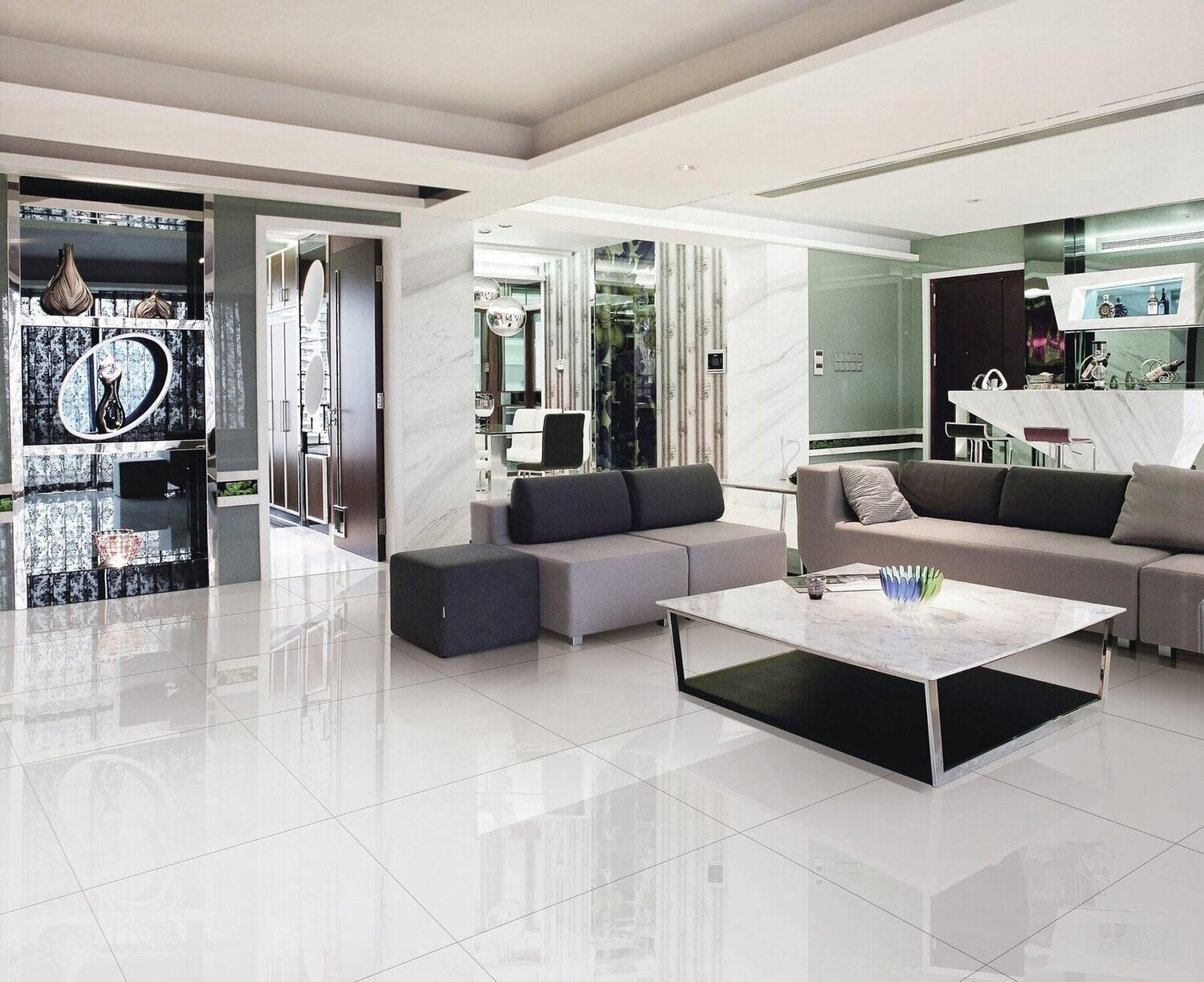

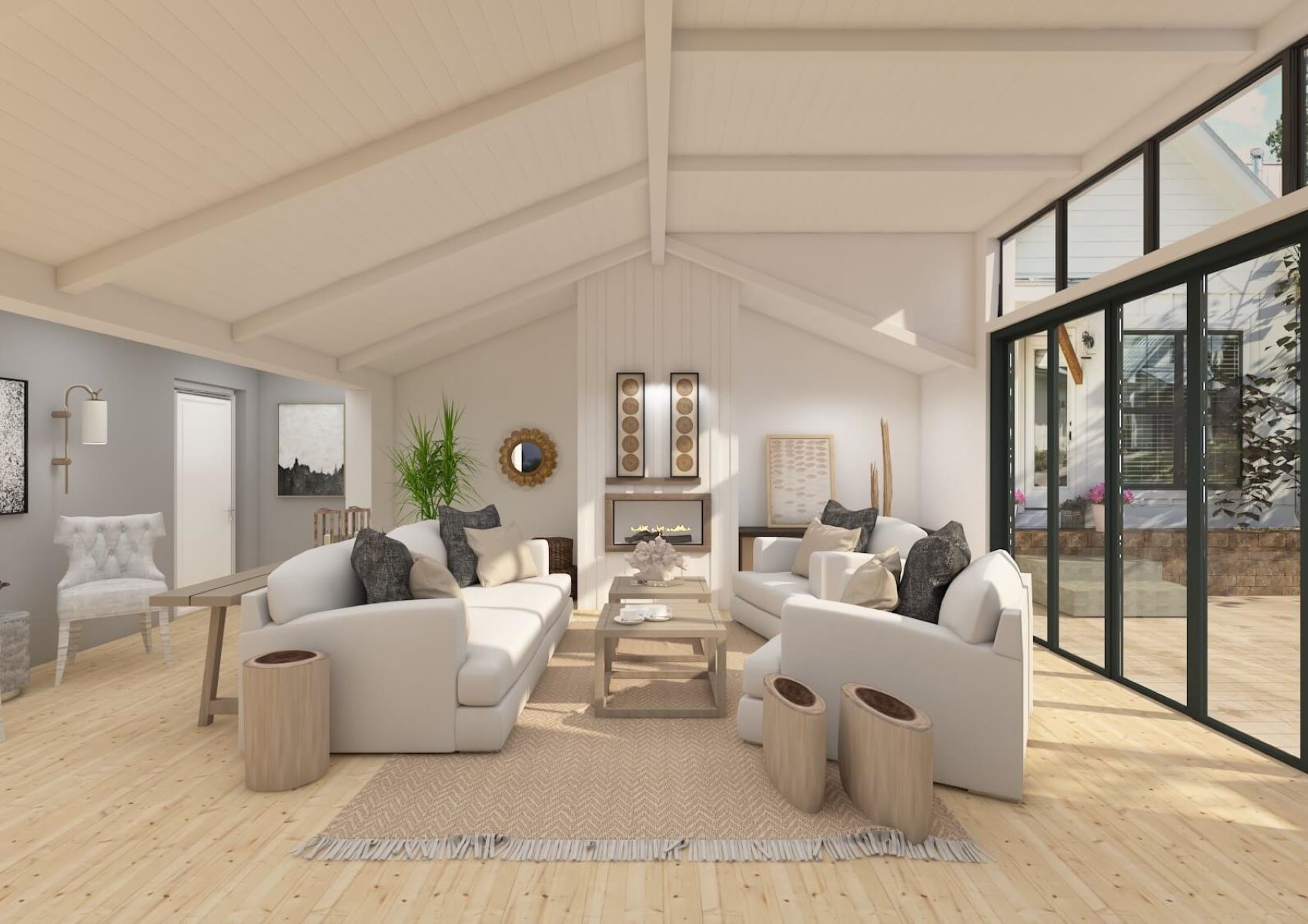
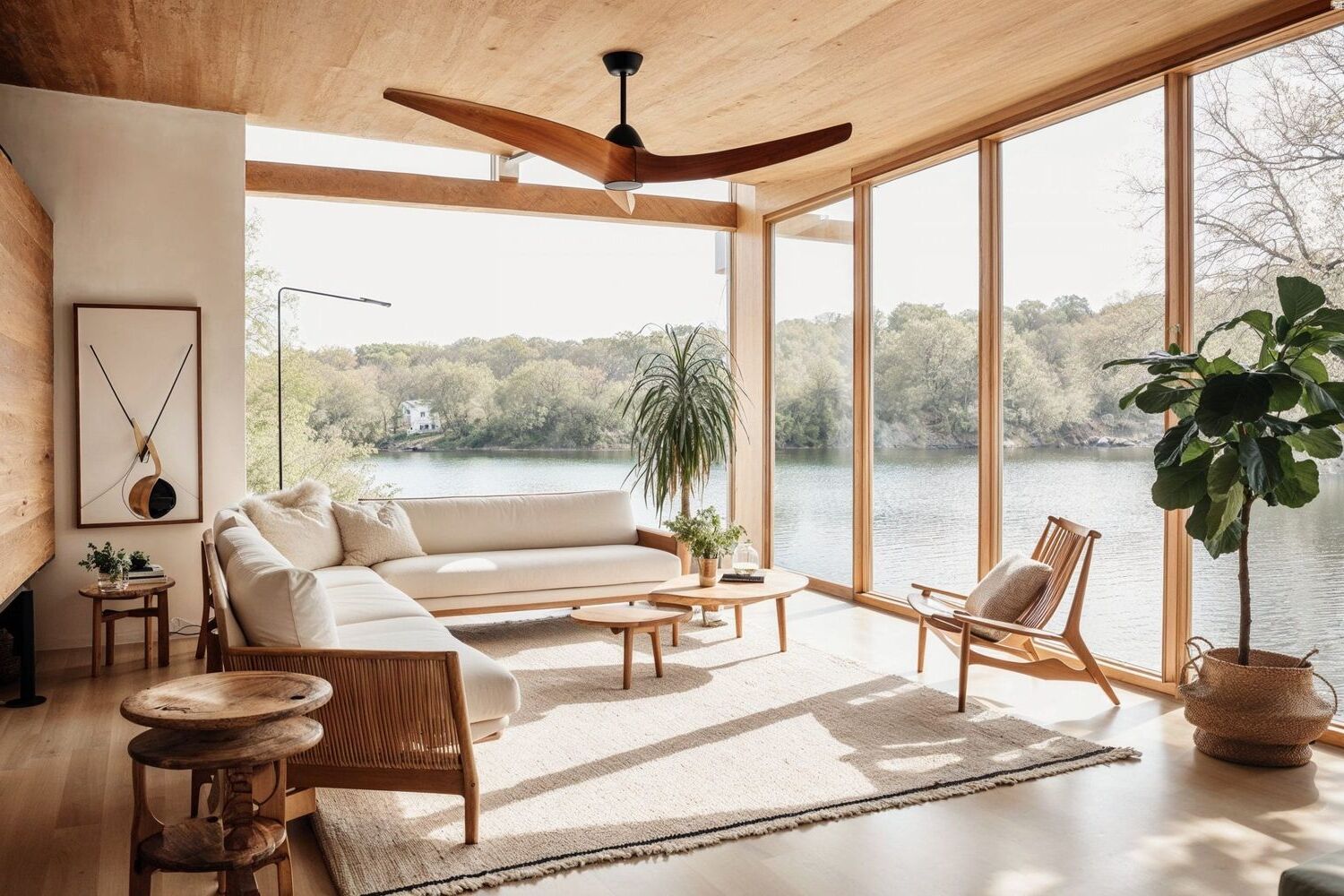
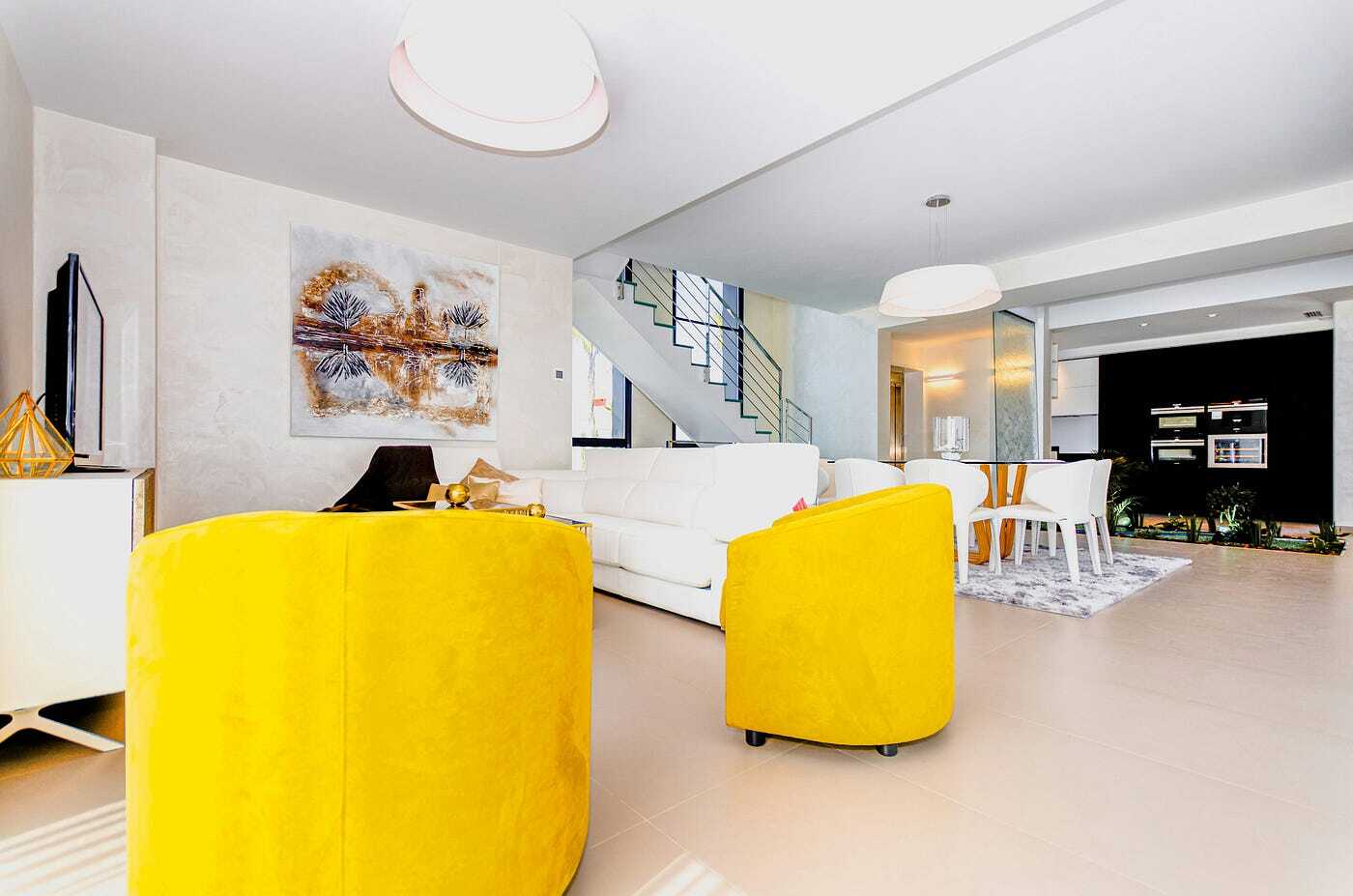
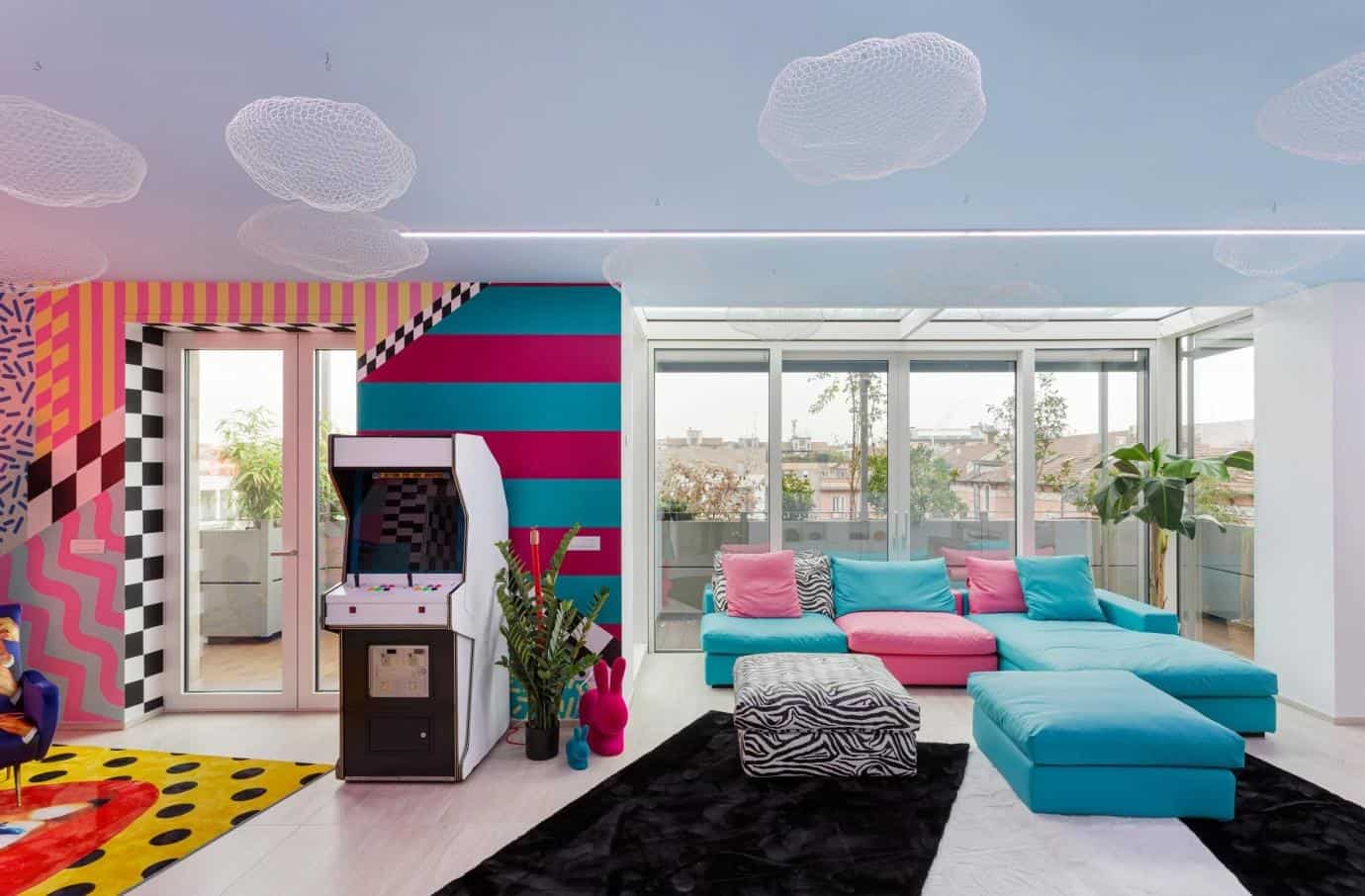
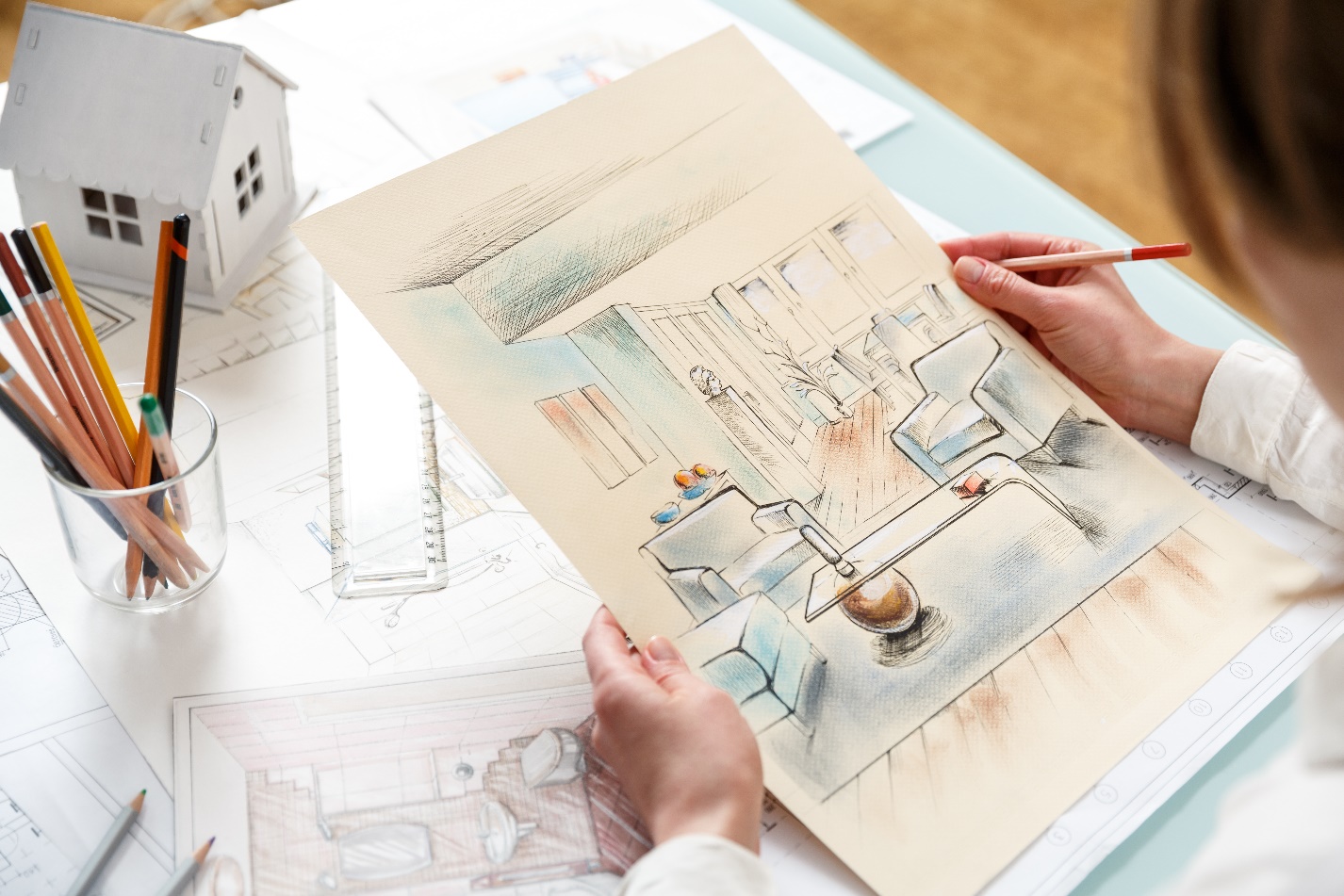
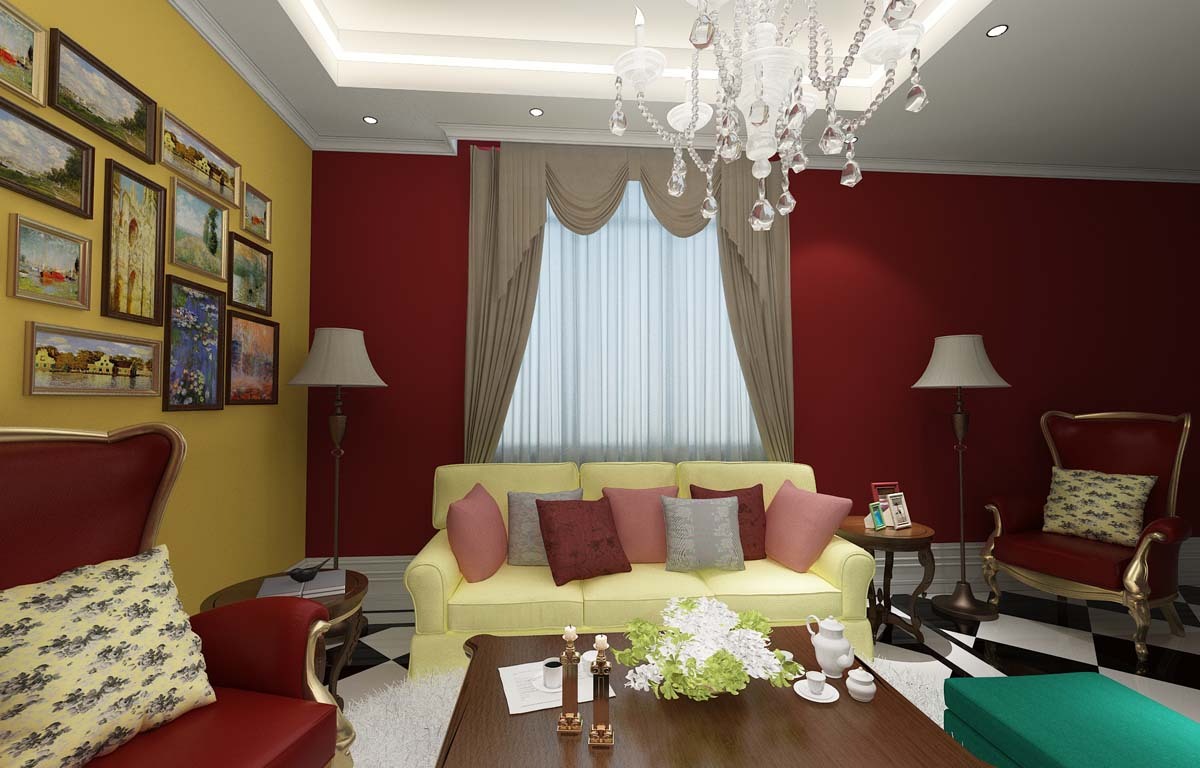
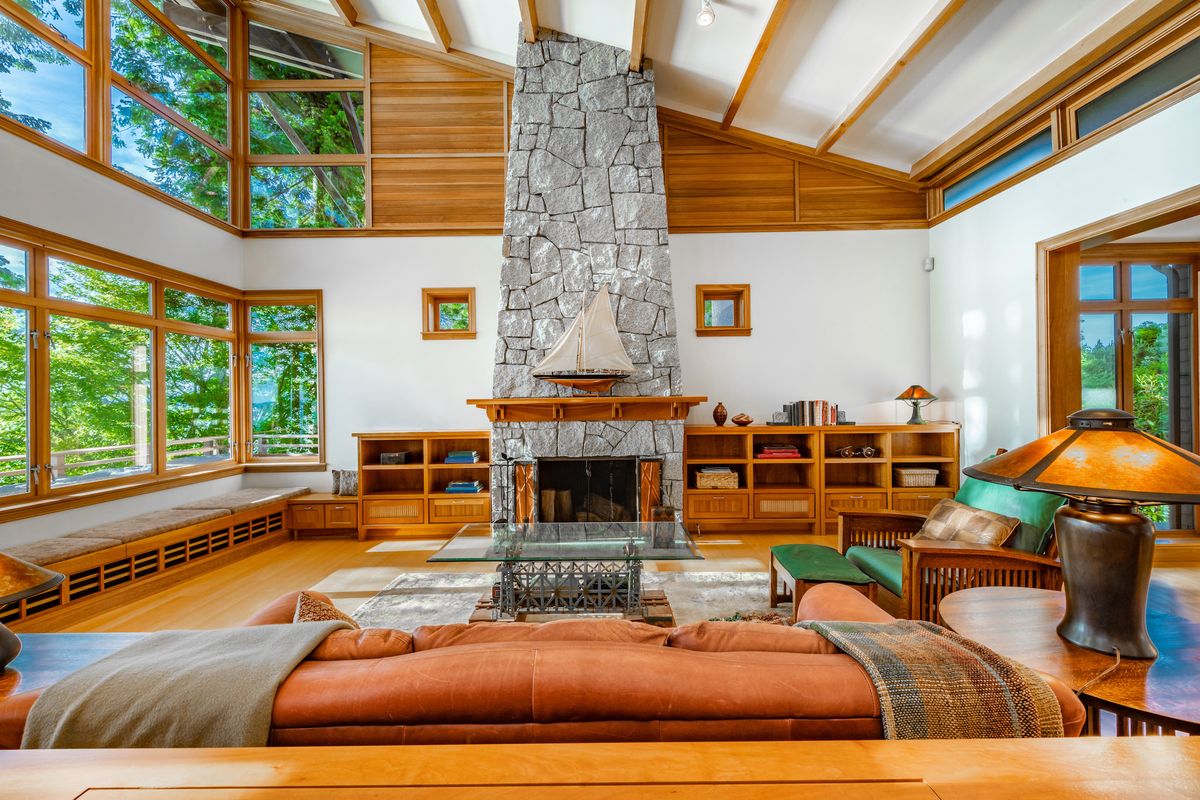
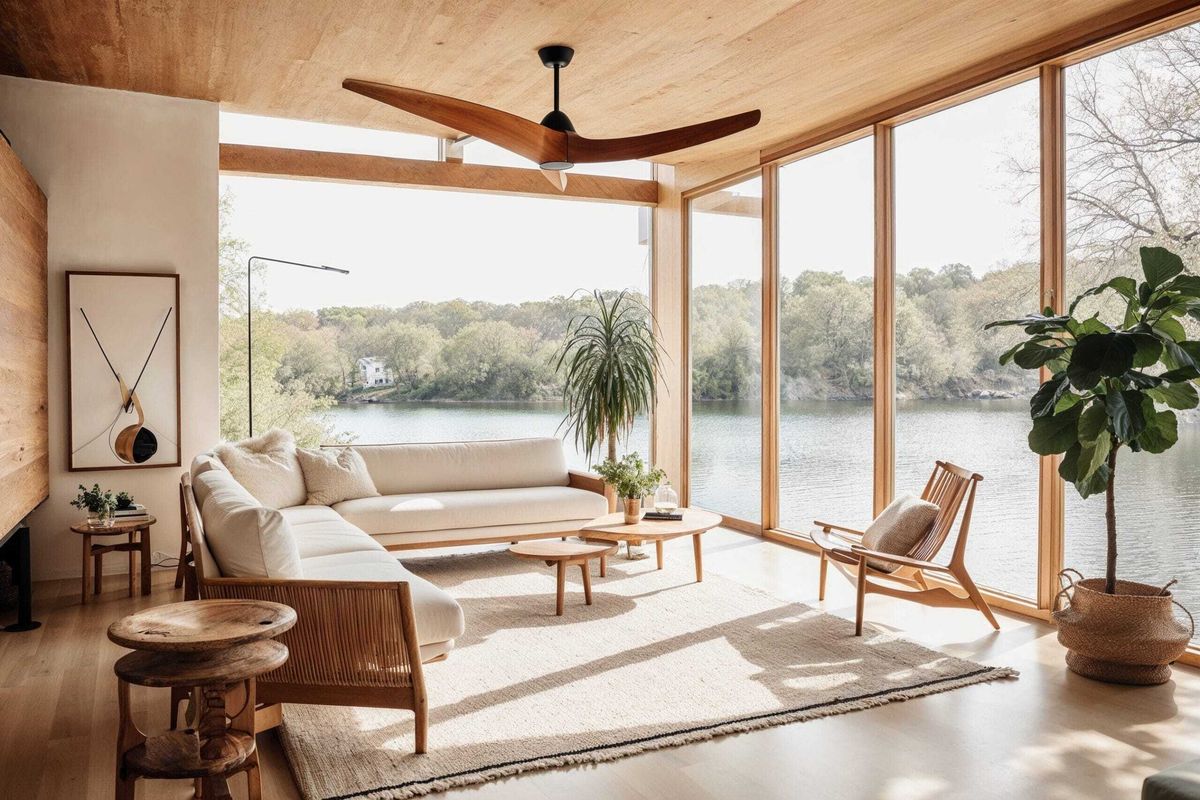
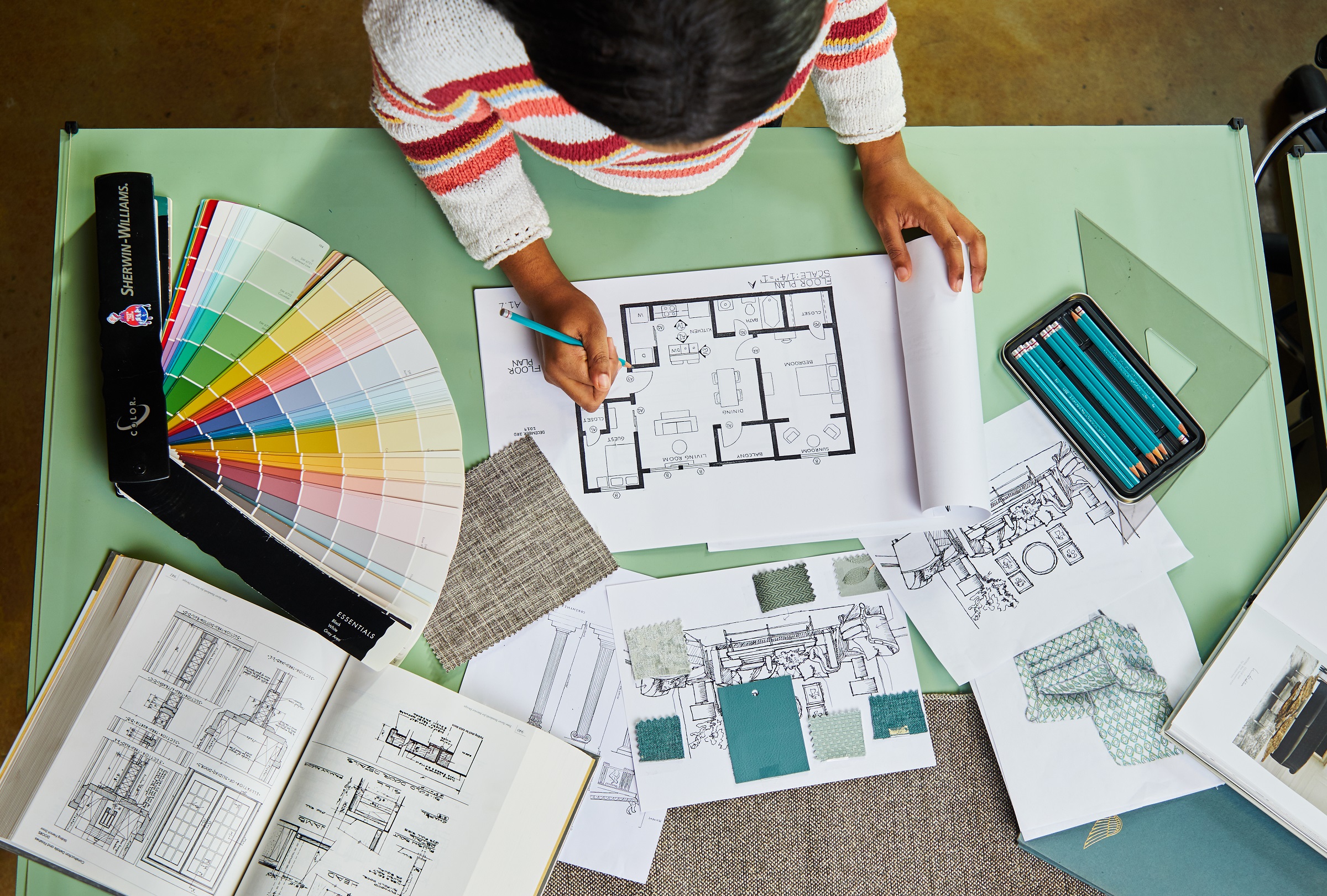

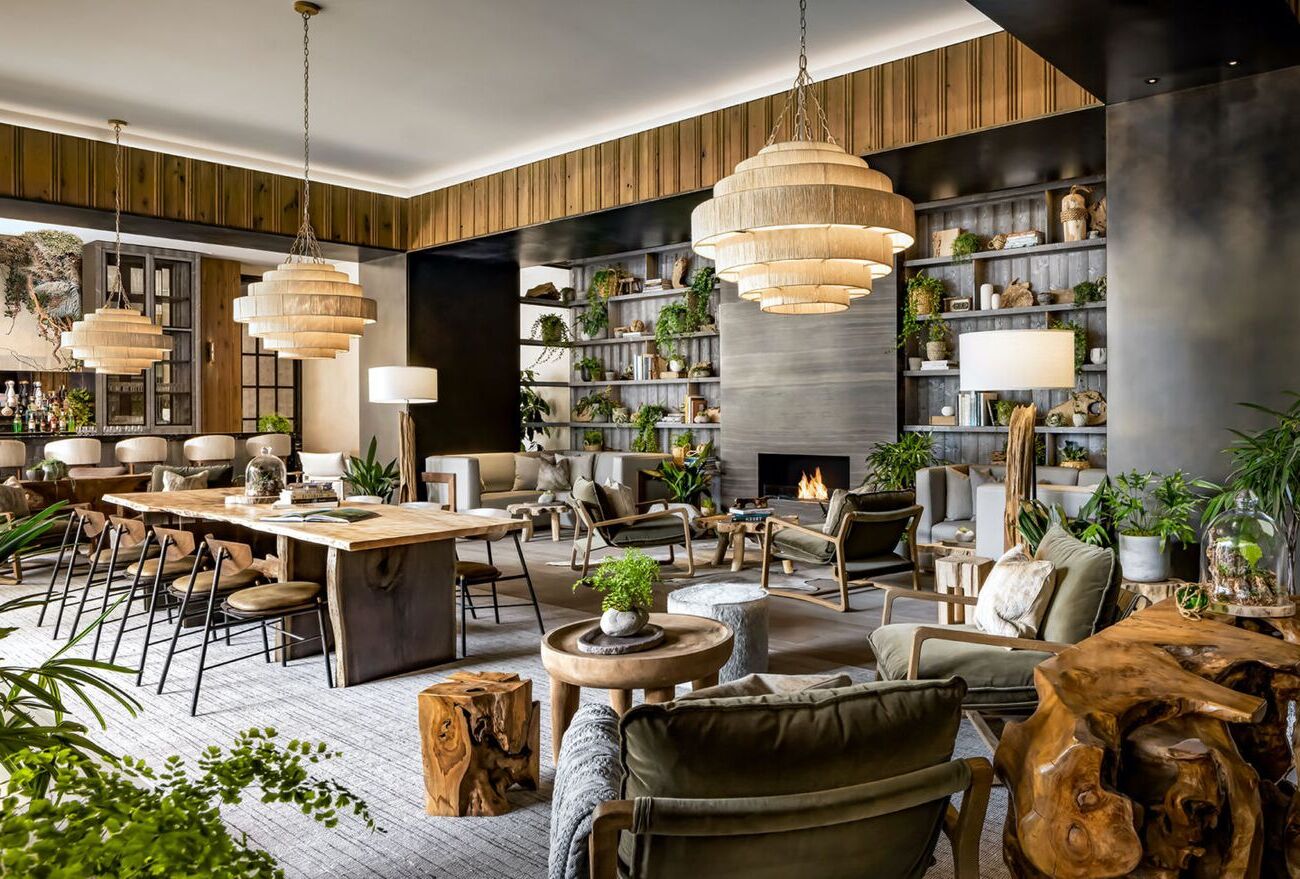

0 thoughts on “The Aesthetic Movement: How It Influences My Interior Design”